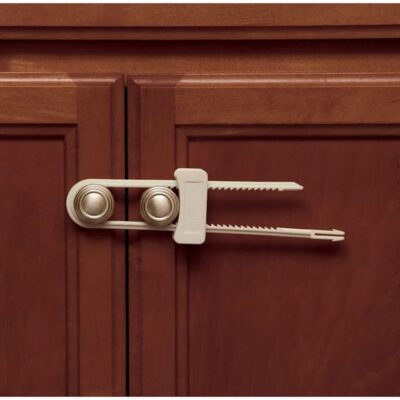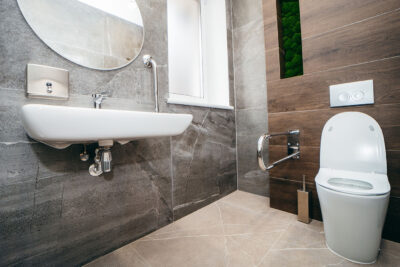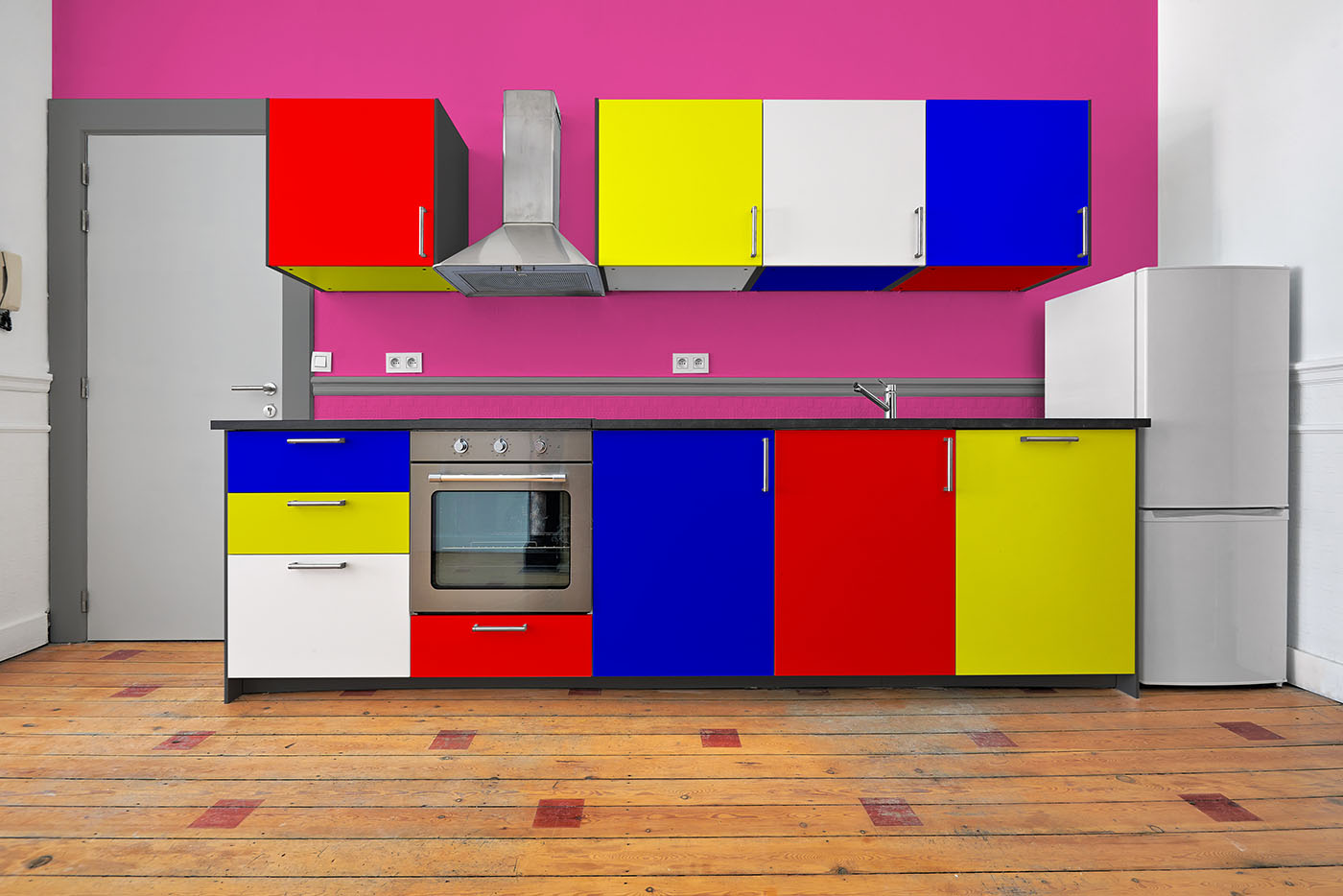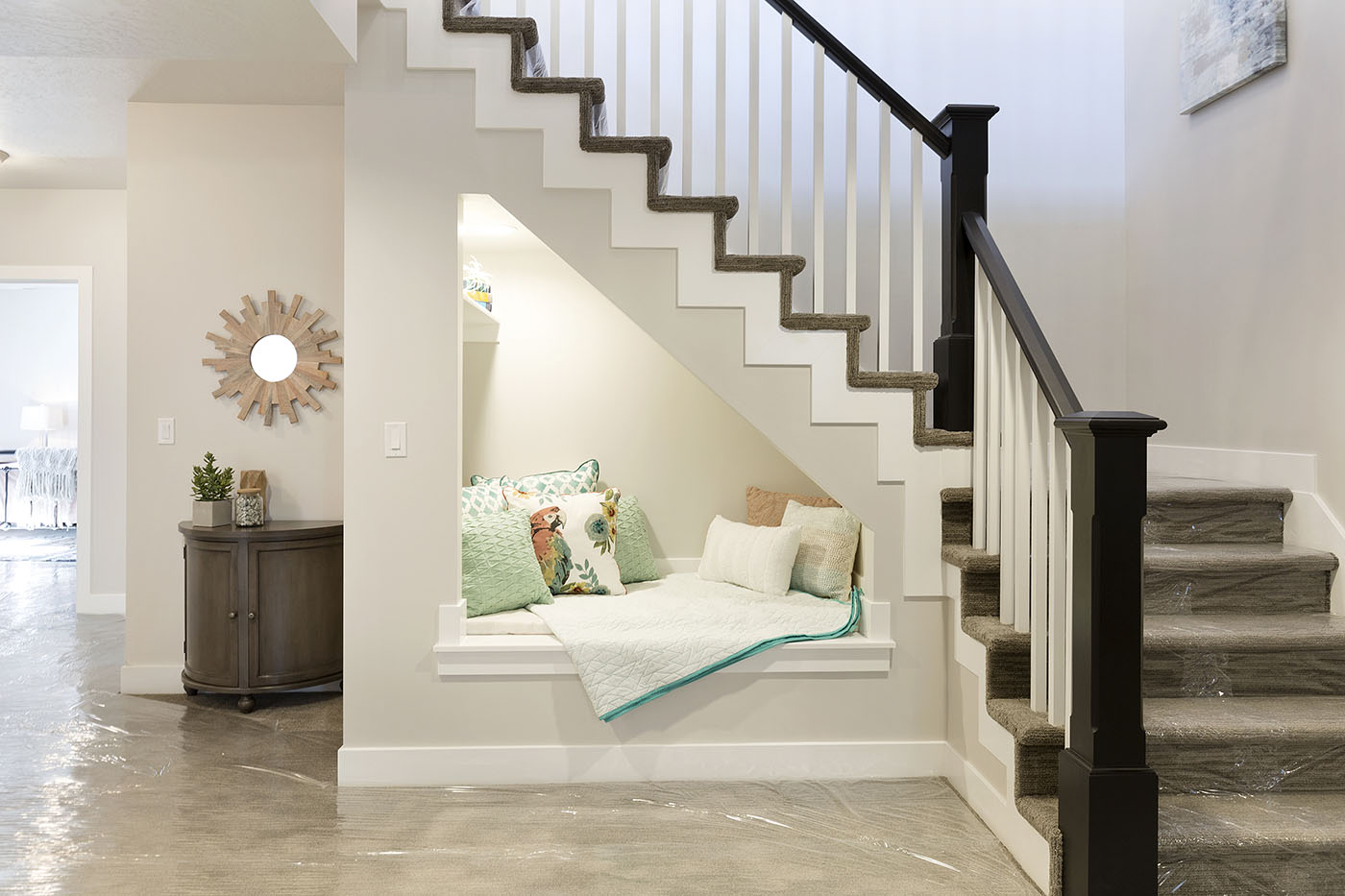
If You Can Baby-Proof a Home, You Can Elder-Proof One Too
A young couple expecting their first child will invest time and money preparing their home to ensure the child’s safety. Cabinets will be secured, dangerous items elevated or locked away, outlets plugged, bookcases anchored, stairways gated, monitoring systems installed, and so on.
Yet at the other end of the generational spectrum, elderly parents too often are left to age in a home designed, built, and outfitted for much younger versions of themselves. Not surprisingly, the results of this oversight can be catastrophic.

Cabinet locks are just one of the ways new parents protect infants from home hazards.
Dad suffers a stroke or mom takes a fall and chaos ensues. There is the physical and mental suffering, or course. But that’s just the start.
Bank accounts are drained covering the costs of medical care and physical therapy; adult children find themselves tending to the needs of their children and parents; and inevitably, the parents must abandon their home in exchange for an elder care facility.
Proactive Elder-Proofing
What if we took the same baby-proofing mindset and applied it to the home of mom and dad? Let’s call it ‘elder-proofing.’ Ultimately, it doesn’t matter what you call it, the key is to eliminate sources for potential accidents.
There are differences, of course. With children, the idea in many cases is to reduce access and limit mobility – blocking stairs and electrical outlets, for example. For older adults, the focus is more on improving access (pull-out drawers and shelves) and mobility (grab bars).
Here are some steps you can take to elder-proof their home.
Step 1: Remove tripping hazards
- Replace unsecured rugs with non-slip mats
- Tuck away cords
- Remove low-sitting clutter
- Highlight step edges

A grab bar is an easy addition to a home’s bathrooms, stairs, and hallways
Step 2: Improve lighting
- Automate lighting systems
- Install lights along walkways, on stairs, etc.
Step 3: Improve mobility
- Install grab bars beside toilets, along hallways and stairs (both sides), inside showers
- Make items more accessible
Step 4: Modernize
- Add a monitoring system
- Use voice-activation for lights, applicances, and other systems
- Install an induction over (automatically turns off when a pot is removed)
Step 5: Think long-term
- Widen doorways
- Swap out showers and tubs for walk-in access
- Elevate toilets
The bottom line: proactively preparing a home for advancing age is, in many ways, no different than preparing one for the arrival of an infant. Each of us travels the same life span and it’s important to remember that both ends of that spectrum face unique risks that can easily be guarded against.

Jock Haight
Director, Aging in Place & Accessibility Services
Share this article
Follow us
Topics covered in this article.



